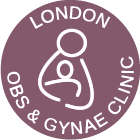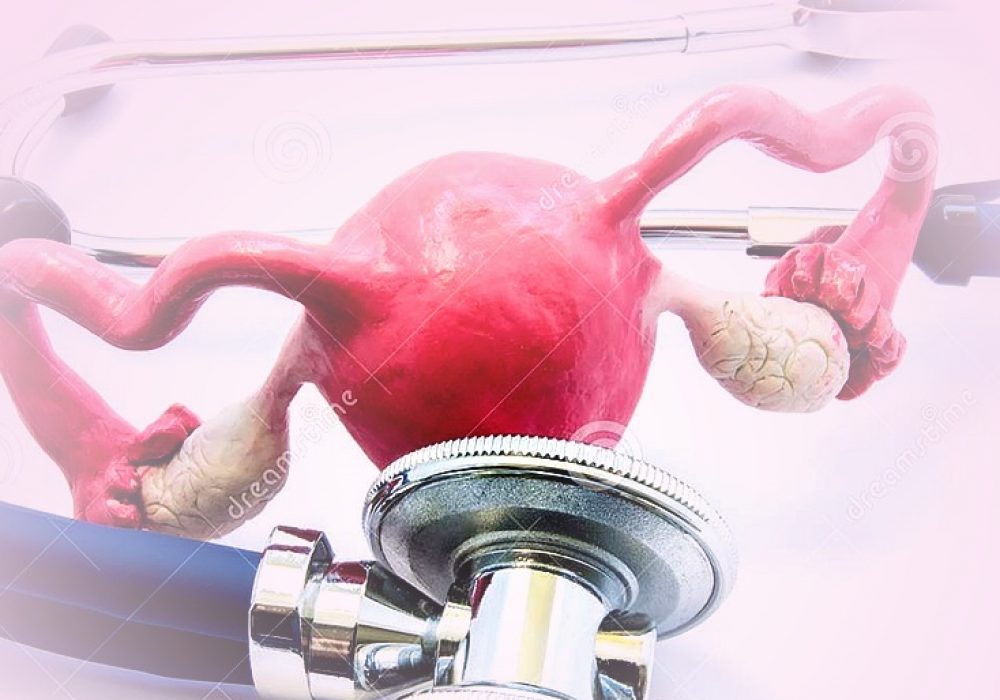BIRTH CONTROL PILLS
Hormonal birth control pills prevent ovulation, which decreases the chances that new cysts will develop. Birth control pills have also been shown to relieve pain associated with cysts.
LAPAROSCOPY
This is a surgical procedure which uses a laparoscope to remove cysts through a small abdominal incision.
LAPAROTOMY
This is a more invasive surgical procedure in which the surgeon makes a larger incision in the abdomen to remove larger cysts and tumours, and any other tissue onto which the masses have spread. Our surgeon takes out as much of the tumour as possible, which may mean the removal of the ovaries, fallopian tubes, uterus, or other tissues.

